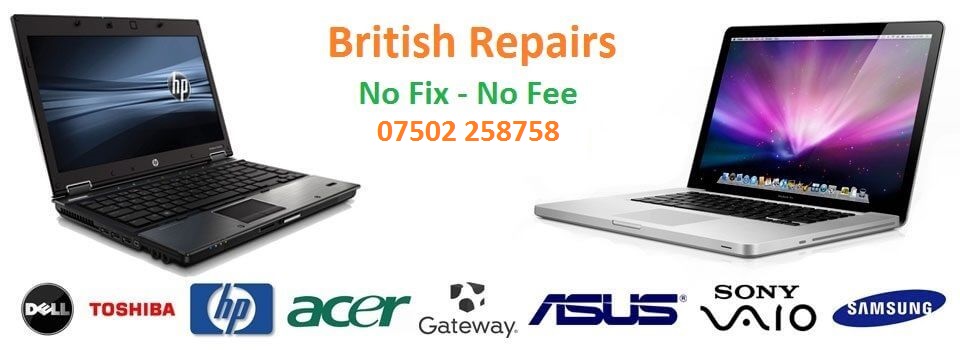Update Windows
Installing the latest available updates may help fix errors you’re experiencing, and will keep your computer secure and stable. Windows Update will handle all of the checking and installing. Open the Start menu or screen and type “windows update” to find the Windows Update utility.
- In Windows 10, you can find the Windows Update utility in the “Update & Security” section of the new Settings menu.
Check your available free space
The amount of space on your hard drive doesn’t normally have a massive impact on your performance, but if you dip below 20% free space on the drive Windows is installed on, you may notice some slowdown. Windows relies on this free space to move and store temporary files, and without it your computer can slow to a crawl. Regularly clearing out old files can help keep your system running smoothly.
- Open the Computer/This PC window (⊞ Win+E) and find your Windows drive (usually C:). This drive should have at least 20% free space available for optimum performance.
Run the Disk Cleanup tool to scan for and remove old temporary files
Open the Start menu or screen and type “disk cleanup” to find the utility. Select your Windows drive and wait for it to be analyzed. Check the boxes for each of the types of files you want to remove. Each entry will display how much space you will reclaim by deleting them.
- Check your Downloads and Documents folders to see if you’re stockpiling old files you don’t need anymore.
Uninstall old, unused programs
As you use your computer, you’ll likely accrue a variety of programs that you used once but then forgot about. These old programs can take up a lot of space on your drive, and some may be running in the background, taking up system resources. Regularly uninstalling old programs can help keep your computer running smoothly.
- Open the Control Panel and select “Uninstall a program” or “Programs and Features.” Make your way through the list of installed programs and remove the ones you don’t use anymore. Highlight a program and click “Uninstall” to remove it. If you aren’t sure what a program is, look it up using a web search.
Clean up your startup sequence
Many programs will set themselves to start alongside Windows. While this makes opening the program quicker when you need it, too many programs can have a significant impact on the time it takes for Windows to start.
- Windows 10 and 8 – Press Ctrl+⇧ Shift+Esc to open the Task Manager. Click “More details” to expand it, then click the “Startup” tab. Select the items you want to remove from your startup and click “Disable.” If you aren’t sure what a program is or if its required for startup, perform a web search for it.
- Windows 7 and Vista – Press ⊞ Win+R and type “msconfig.” Click the “Startup” tab. Uncheck the box next to each item you want to disable. If you don’t know what one of the programs is, you can look it up online. Just type the “Startup Item” name into a search engine and the first results should let you know what it is.
Try alternative programs for some of your favorites
A lot of popular programs are poorly optimized, and can slow your computer down when they’re running. Common culprits include Norton Antivirus, iTunes, and Adobe Reader. All of these programs have free, light-weight alternatives that can significantly speed up your computer.
- Instead of using Norton as your antivirus, consider using Windows’ built-in Microsoft Defender. Avast and Bit-Defender are also two popular free options. SeeTurn on Windows Defender for instructions on using Windows Defender.
- If you use iTunes for your media, consider a program like foobar2000 or MediaMonkey, both of which support syncing your iOS device.



